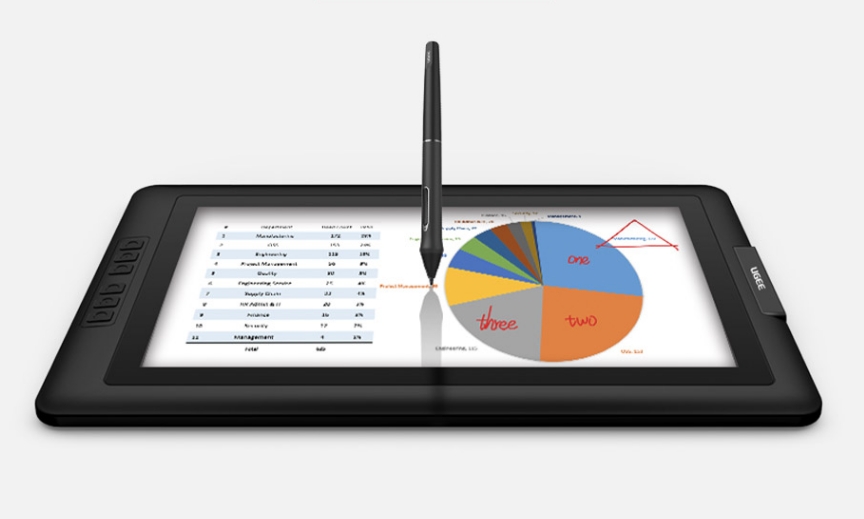Many tasks of lawyers, such as entrustment and agency contracts, firm letters, lawyer's letters, letters of introduction, etc., ultimately need to be solidified through signatures. Signing is very troublesome. Firm letters need to be signed, contracts need to be signed, letters of introduction need to be signed, legal opinions need to be signed. Unless the documents are carried with them, they need to return to the law firm to sign or seal. Some lawyers complain that when they handle cases outside, because they often have to travel back and forth to the law firm to sign and seal, it has a great impact on their business.

Therefore, by using digital signatures, electronic signature pads and electronic signature and seal systems can significantly improve the efficiency of law firms: Simplify internal management processes Instant signing of internal approval and collaboration documents Case approval forms, seal application forms, financial reimbursement forms, etc. within the law firm require signatures in multiple links. In the traditional process, documents are passed between different lawyers and partners, which is time-consuming and prone to backlogs.
Electronic signature pad solution: Push the documents to be signed to the electronic signature pads of relevant personnel through the internal OA system. Signers can write signatures on the computer, tablet or dedicated signature pad, and the process status is updated in real time (such as "pending approval by the director", "signed"), avoiding delays in the physical document transfer, especially suitable for scenarios with multiple branches or remote work.
Document archiving and retrieval: Bid farewell to paper piles Traditional paper documents which require a large amount of storage space.
Electronic signature pad solution: All documents signed through the electronic signature pad are automatically classified and stored in the law firm's cloud database, associated with metadata such as case numbers, client names, signing times, etc., and support keyword retrieval (such as "Peter's loan contract", "Representation letter in May 2024"). Lawyers can retrieve historical documents at any time, without the need for dedicated personnel to manage paper files, especially suitable for law firms with a large number of cases.
Ensure compliance and security: Reduce legal risks Comply with the Electronic Signature Law and ensure the validity of signatures The signatures generated by the electronic signature pad need to meet the requirements of the Electronic Signature Law for "reliable electronic signatures": The identity of the signer is real (verified through real-name authentication, face recognition, etc.); The signature is the true intention of the signer (recording the handwriting trajectory to avoid proxy signing); The signature and the content of the document cannot be tampered with (verified through hash values and blockchain evidence preservation).
Advantages: Compared with ordinary electronic seals, handwritten electronic signatures are more easily recognized by the court, reducing disputes caused by the validity of signatures. Prevent signature risks and trace the responsible party The electronic signature pad can record device information, IP addresses, operation logs, etc. during signing. If disputes occur later (such as the client denying signing), the signing process can be restored through the evidence preservation report, clarifying the responsible party and reducing the legal practice risks of lawyers.
Practical suggestions: Select tools and implementation strategies Select compliant electronic signature pads and platforms Hardware: Prioritize professional electronic signature pads that support handwriting pressure sensitivity and anti-tampering (such as brands like Ugee Signature) to ensure the true restoration of the signature trajectory.
Software: Connect to platforms with an Electronic Certification Service License (such as e-signature or digital signature), ensure the compliance of the evidence preservation link, and support docking with the law firm's management system and the court's electronic platform. Implement gradually in different scenarios. Initial stage: Start with non-core documents (such as internal approvals, client notices) for trial use, and expand to core documents such as entrustment agreements and litigation documents after accumulating experience.
Client communication: Explain the legality of electronic signatures to clients in advance (present relevant provisions of the Electronic Signature Law), and provide "paper + electronic" dual options for sensitive clients to balance efficiency and trust.
Data security guarantee: Regularly back up electronic documents, use encrypted storage, and restrict signature permissions (such as only the lead lawyer can sign core documents) to avoid data leakage or abuse.

Electronic signature pads help lawyers in law firms reduce repetitive labor, lower the cost of remote collaboration, and adapt to the trend of digital case handling through three core advantages: shortening the signing cycle, optimizing document management, and enhancing compliance.
In practical applications, it needs to be flexibly used in combination with case types, client needs, and legal regulations to achieve a balance of "necessary retention of paper documents and efficient empowerment of electronic signatures", ultimately improving the efficiency and quality of legal services provided by law firms. With the deepening of judicial digitization, electronic signature pads will become an indispensable office tool for law firms.